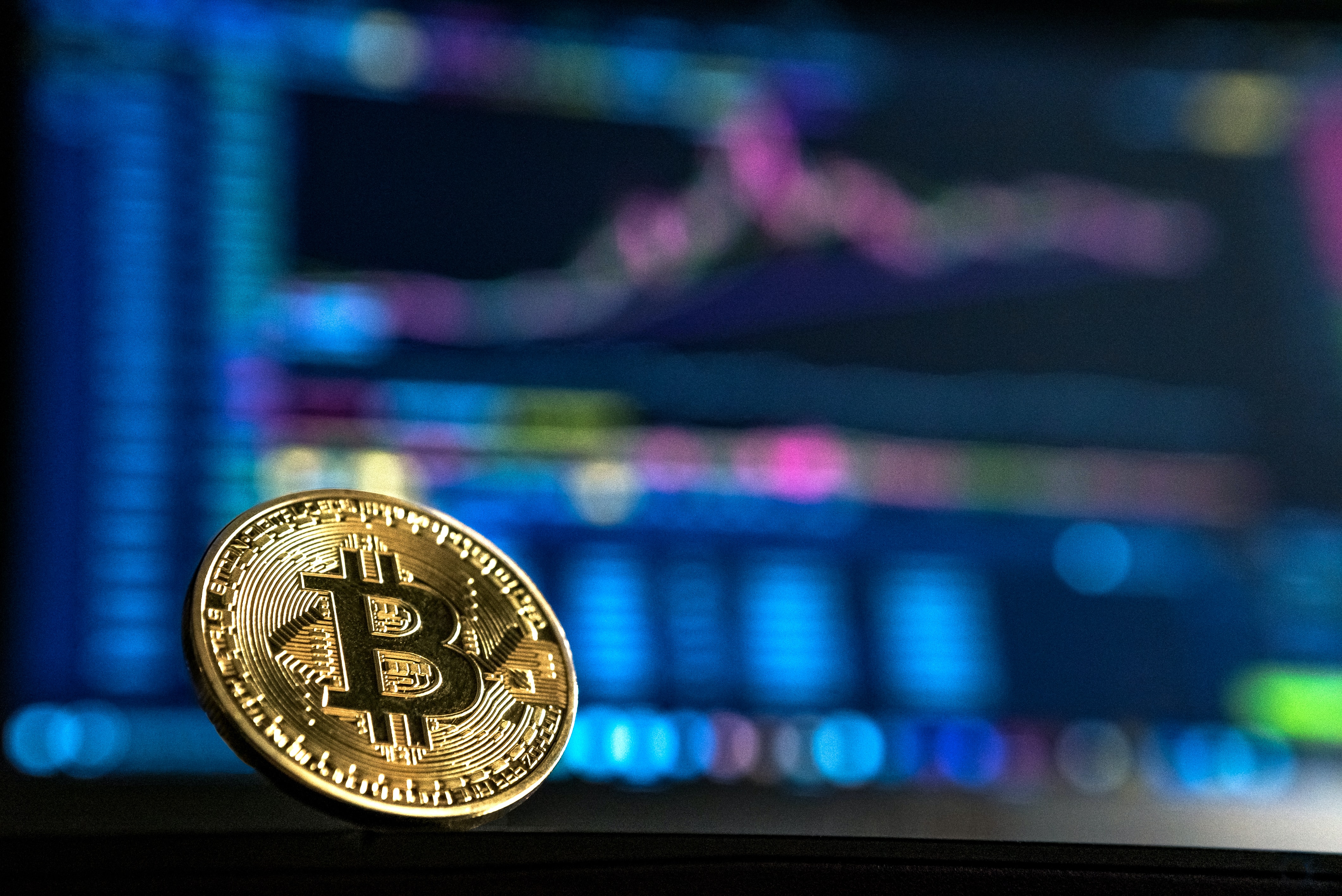Understanding the Crypto Risk Management Challenges

Crypto is among the most known financial alternatives in the world. It is also seen as the future of fiat currency. In 2020, we realized the potential of these currencies in the market. Since then, the market has grown in a big way. However, it is also one of the risky alternatives when it comes to dealing with the asset class. In the past two years, we have seen the popularity of digital currencies like Bitcoin and Ethereum have gained a good interest and experienced a good price volatility issue. However, the rapid growth also talks about the diversity of digital currencies, which means the high risk. In 2018, there were around 1500 coins; now, it is more than 15K coins in the market. We see the risk managers worrying about the coin, and thus we know the asset managers are now optimally managing the risk of the currency. However, the coins also have some unique issues or challenges that every risk manager should know. If you want to learn everything there is to know about bitcoin trading, go to the Bitcoin trading website.
Diversity
The first challenge that comes in the way of risk managers is the diversity found in crypto, and these also remain interchangeable. The widespread use of crypto can differ in many more dimensions in terms of security, governance, and programmability. To put things simply, you do not find any inexpensive option to deliver any crypto. So when you measure, monitor, and manage the risks, you need to know the differences one can find in many more features all over the coins. The first digital currency was simple in its construction, and it was only designed to buy and sell, along with knowing the store value in the digital and cryptographic format. However, it has different functions that further help process and replicate gold and money.
Valuation Issues
For managing the risk of any financial domain, the primary step you have is to quantify and define the exposure with the help of a wide range of methodologies. However, crypto has a different story. These currencies fail to have a consensus valuation approach. These are never accepted like metrics or through any reported cost information that can differ widely across different venues. For finding out the apt value for digital coins, we see many risk managers appreciating a wide range of complex and occasional inconsistent valuation processes. A few analysts feel that the valuation challenge has a different approach for treating many more cryptocurrencies like any currency found in circulation. These include the fiat currencies like USD and Euro. However, this approach only helps develop a distorted image that can go away with all the fundamental legal differences found in crypto and traditional financial instruments.
Regulatory and legal Conundrum
Unlike the fiat currencies, digital coins are not regulated products, and these do not benefit from the security you get from the state and financial or legal entities. On the contrary, it adds to specific legal issues and some significant and risky uncertainty for digital assets. It is not clear in the world to have a formal consensus about regulating the coins, particularly policing the product in the perspective of the policing product development and trading option. The government has remained inconsistent in its efforts and is also going down. Several nations have banned creating and selling certain coins but only allow to add incentives for the same.
Data and modeling Hurdles
All the risk managers working on the requirement of crypto in the market are coming along with risks that may not demand the data. Indeed, you can find improper transaction data limits that work as per the model's factors allowing you to get into the crypto risks. We can see the coins to be highly volatile, and you can find them 24x7 and thus found all over the world. The data you need for certain things can be added with the required level of expertise and experience. You need proper training for the same. Perhaps, this is why we can find too many risk managers are now turning into statistical tools, which will further help add the model prices and not work the way you want.
Costs involved in Illiquidity and trading
Comparing the traditional market with any crypto market, it has less liquidity and is more expensive. It is because you can control too many cryptos in the market. And with some units getting released are coming up with the pre-established timelines. In addition, the higher volatility issue in these digital currencies now makes the assets less liquid. So if you want to simplify the matter, the best option is to get things at par without manipulating the price and then trade against the customers and make it a front runner in big-time trades.
(Devdiscourse's journalists were not involved in the production of this article. The facts and opinions appearing in the article do not reflect the views of Devdiscourse and Devdiscourse does not claim any responsibility for the same.)










